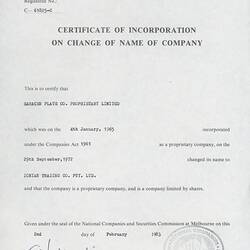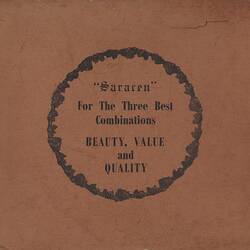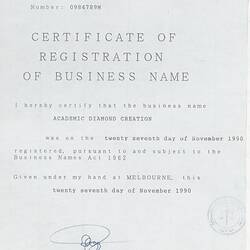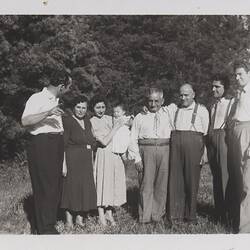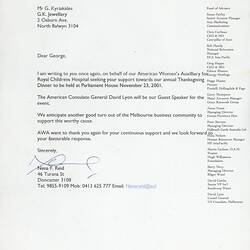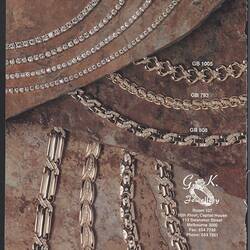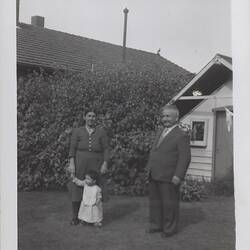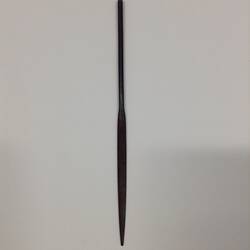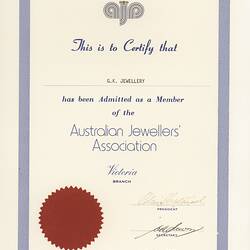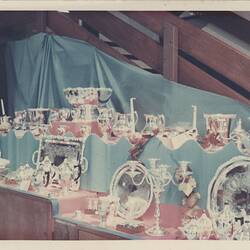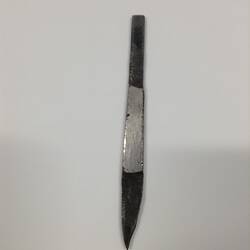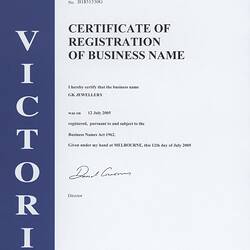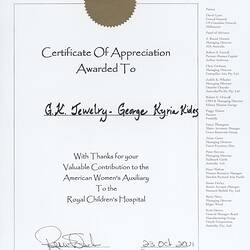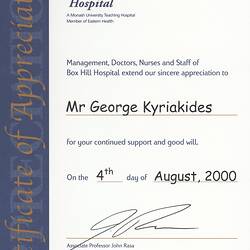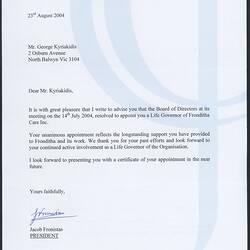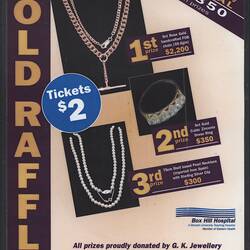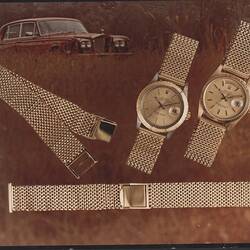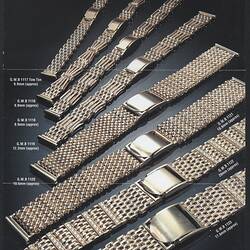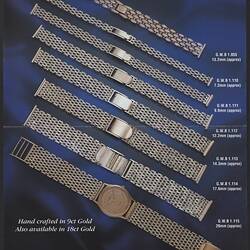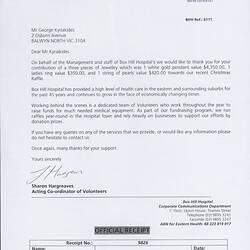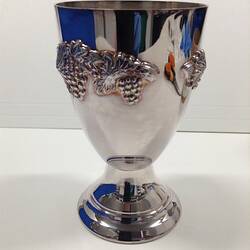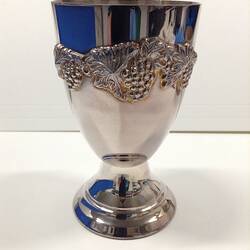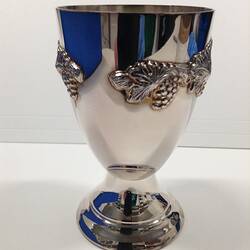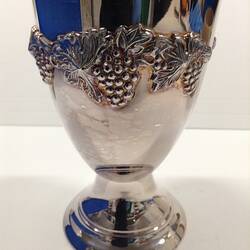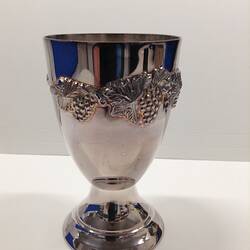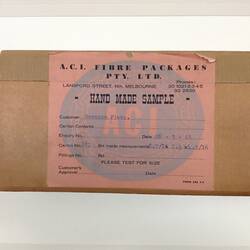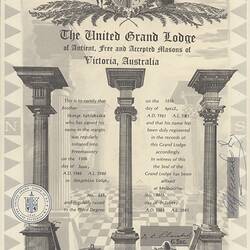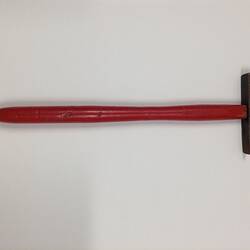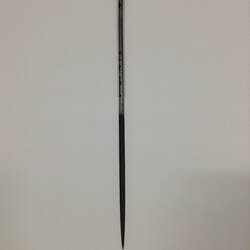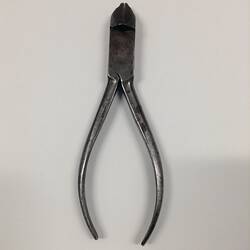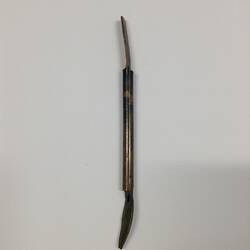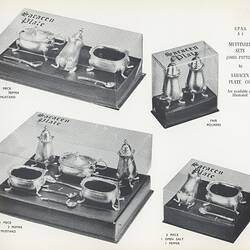Summary
Hammer has a tapered chisel shaped head on one end, and a flat end on the other, defining it as a riveting hammer. The tapered end is used to spread rivet heads, and the flat end to flatten and secure them. This hammer was used by George Kyriakides as part of his collection of tools used in his jewellery-making trade between 1949 and 2006.
George Kyriakides was born in 1921 in Larnaca, on the southern coast of Cyprus. In his early working years he was apprenticed to his father Petrou Kyriacou as a silversmith and in 1948 George migrated to Melbourne, Australia. In 1949 he married Australian-born Silvia Sarandis, the child of Greek migrants and they had two children. Using his skills as a silversmith, he worked for a local silverware company and then proceeded to start his own silversmithing business under the name Saracen Plate Company, situated at 152 Lygon St, Carlton. A manufacturing wholesale business, they sold mainly to large clients such as Myers and Prouds Jewellery. In 1974 George sold the wholesale silversmithing part of the business due to the difficulty in obtaining pure metals, and continued to work as a Jeweller under the name GK Jewellery until his retirement and beyond. In later years George was known for his philanthropic generosity and in 2006 he died and is survived by his two children.
Physical Description
Metal hammer with red wooden handle. Head is tapered on one end, with flat square end on the other. Used for jewellery making.
Significance
Statement of Historical Significance:
This collection offers a multi-faceted snapshot of a migrant small business in Lygon Street Carlton through tools of trade, product catalogue and a sample of the silverware produced for retail. It thus encapsulates a small business activity from production through to sale and distribution. It includes a beautiful filigree tray as well as more mainstream domestic silverware items. The collection enables the documentation of the passing on of trade traditions and skills from one generation to the next and the bringing of those skills to Australia, as well as capturing a particular craft, filigree work, which is a disappearing artform.
More Information
-
Collecting Areas
-
Previous Owner
-
Manufacturer
-
Manufacturer
-
Classification
-
Category
-
Discipline
-
Type of item
-
Overall Dimensions
60 mm (Width), 10 mm (Depth), 190 mm (Height)
-
Keywords
Jewellers, Small Businesses, Cypriot Communities, Cypriot Immigration, Tools, Working Life, Trades, Silverware, Jewellers Equipment, Jewellery

